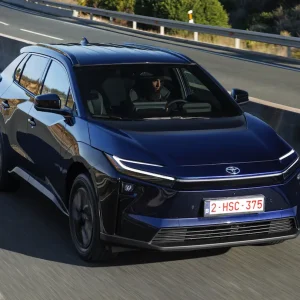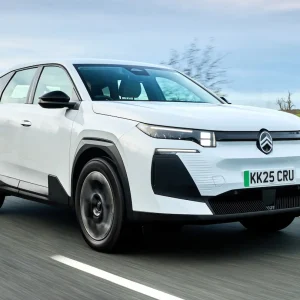Land Rover’s new Range Rover Sport model is a more dramatically styled vehicle than its predecessor, and looks a lot like a baby Range Rover.
The entry is at just over £50,000 for the 258hp model, only available in entry SE spec to create a low price point, but we’ve gone to the other end of the diesel spectrum for the £74,465 Autobiography Dynamic model that’s sumptuously appointed but £15,000 above the very well-kitted HSE model.
The new Sport is good at pretty much everything that could be thrown at any vehicle, but the 199g/km emissions will need to come down to keep the car relevant.
Rapid, spacious, well-equipped across the range, decent to drive and with decent RVs – although the entry model at 50% comprehensively beats this top model’s 43% – the Range Rover Sport is more appealing and rounded than ever, but pricey to run because the emissions are high, even for a heavy powerful model like this.





